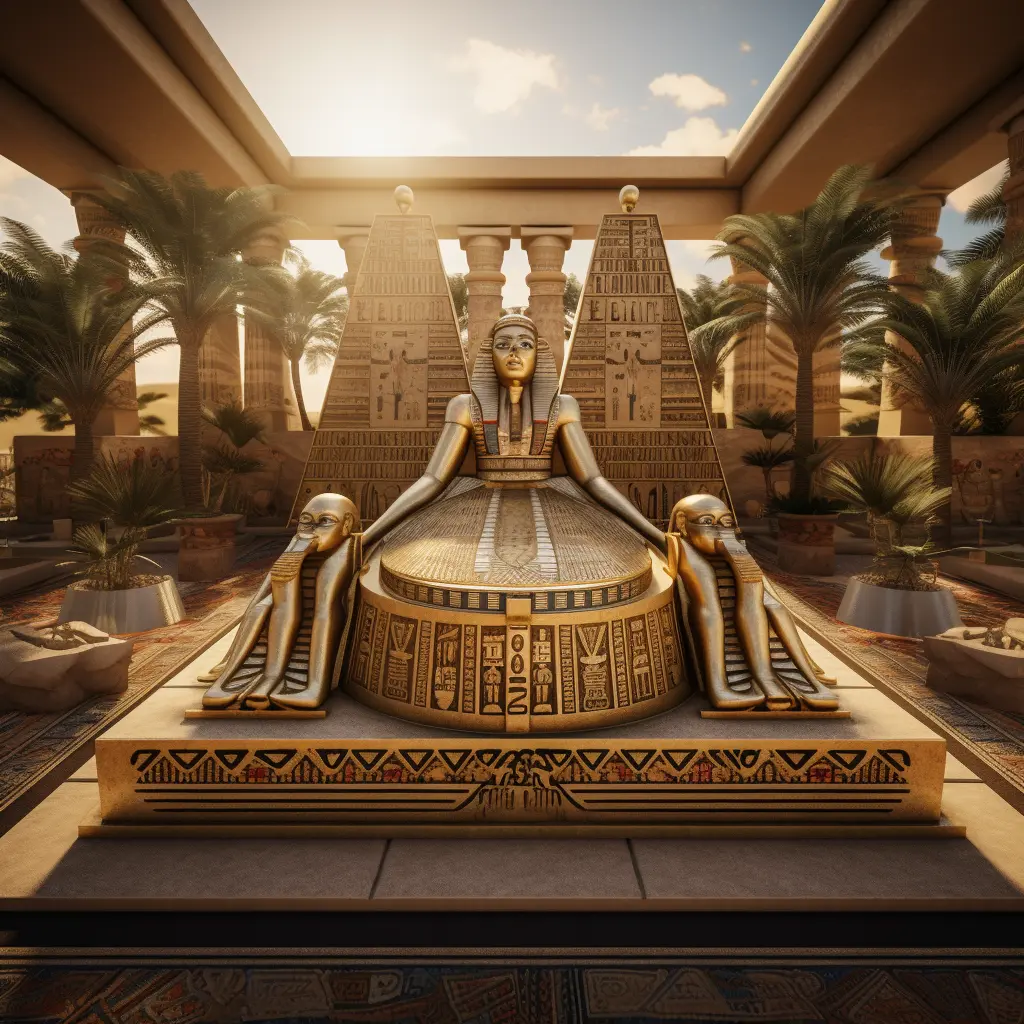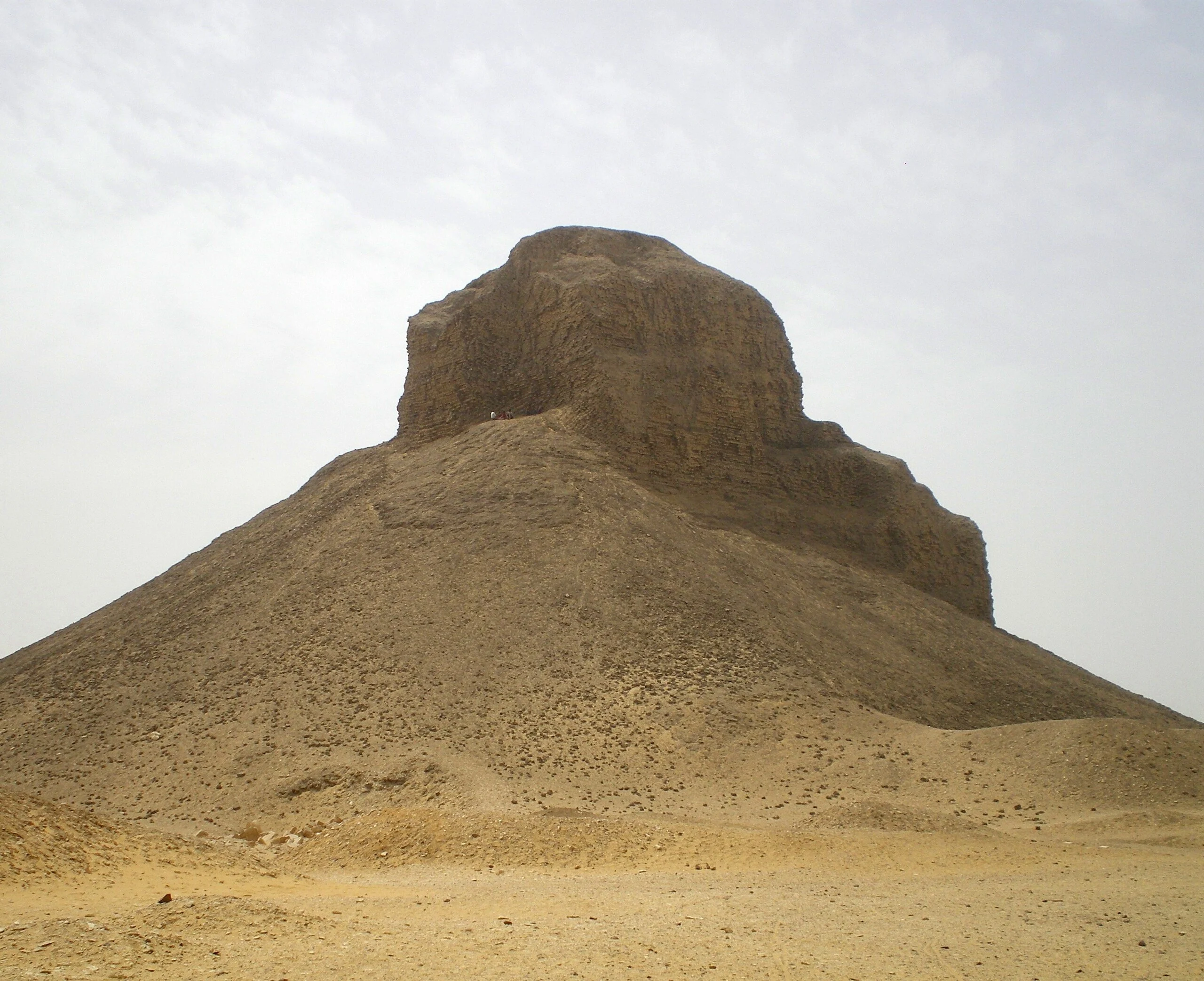
Introduction
Brief Definition of Historic Archaeology: Historic archaeology is a captivating branch of the broader field of archaeology, primarily focused on exploring and understanding human cultures and societies through the examination of physical remnants and artifacts from periods where written records are available. This discipline not only investigates the physical items left behind—like buildings, tools, and personal items—but also integrates documentary sources, such as diaries, maps, and photographs, to provide a comprehensive view of historical societies. By weaving together the tangible and the documented, historic archaeology offers a uniquely layered insight into the lifeways, challenges, and achievements of our predecessors.
Distinction Between Prehistoric and Historic Archaeology: While both prehistoric and historic archaeology strive to unveil the mysteries of past human societies, the main distinguishing factor lies in the availability of written records. Prehistoric archaeology delves into times before the advent of written documentation, relying solely on material culture—like pottery, stone tools, or cave paintings—to deduce societal structures, behaviors, and beliefs. In contrast, historic archaeology benefits from the presence of written accounts, merging them with physical evidence to construct a richer, more nuanced narrative of the past. This combination allows for a depth of understanding that’s often more detailed and contextually anchored compared to interpretations based solely on artifacts.
Origins and Evolution
Emergence of Historic Archaeology as a Distinct Field: Historic archaeology, as we recognize it today, began to take shape in the 19th century, although its roots can be traced further back to early antiquarian interests. The development of this specialized field emerged in parallel with the growth of history as an academic discipline, particularly in Europe and North America. As the archival research grew and became more sophisticated, scholars recognized the immense potential of combining written records with the study of physical artifacts. This convergence gave birth to historic archaeology, a discipline that offered a more holistic approach to understanding the past. Rather than seeing artifacts and documents as competing sources of information, historic archaeologists championed their combined use, acknowledging the depth and nuance they could bring to historical interpretations.
Shifts in Methodologies Over Time: Over the decades, historic archaeology has witnessed significant shifts in its methodologies, influenced by technological advancements, academic trends, and interdisciplinary collaborations. Initially, the field was largely descriptive, focusing on cataloging and classifying artifacts. However, as the 20th century progressed, there was a marked shift towards theory-driven investigations. The introduction of technologies like Geographic Information Systems (GIS), radiocarbon dating, and advanced excavation tools revolutionized how archaeologists approached their work, enabling more accurate dating and spatial analyses. Furthermore, with the growing emphasis on post-processual theories, there’s been a concerted effort to understand the lived experiences, societal structures, and cultural dynamics of past communities, fostering a more inclusive and multi-faceted view of history.
Primary Sources in Historic Archaeology
Importance of Written Records and Artifacts: Historic archaeology’s strength lies in its multi-faceted approach, drawing on both written records and artifacts to provide insights into the past. Written records, such as letters, diaries, maps, and official documents, offer a firsthand glimpse into the thoughts, intentions, and activities of people from bygone eras. They can elucidate the socio-political climates, trade dynamics, personal narratives, and myriad other aspects that might remain obscure without them. On the other hand, artifacts—be they tools, household items, architectural remnants, or personal belongings—offer tangible evidence of daily life, societal norms, technological progress, and cultural values. Together, these two sources create a symphony of evidence that allows historic archaeologists to unravel the intricacies of human history with unparalleled depth and precision.
Balancing Textual Data with Material Finds: While both written records and physical artifacts offer invaluable insights, it’s essential for historic archaeologists to strike a balance between these sources. Relying too heavily on textual data can lead to an overly narrative-driven understanding, potentially missing the subtleties and variances of everyday life that artifacts can reveal. Conversely, an exclusive focus on material culture might overlook the broader context and nuances that written accounts provide. Thus, it’s the harmonious integration of the two that ensures a holistic understanding of the past. By validating artifact findings with textual records and vice versa, archaeologists can mitigate biases, fill knowledge gaps, and foster interpretations that are both richly detailed and robustly supported.
Techniques and Technologies in Historic Archaeology
A Quick Look at Tools Like Stratigraphy, GIS, and Dendrochronology: Historic archaeology, while rooted in traditional excavation methods, has embraced a suite of sophisticated tools to decode the mysteries of the past. Stratigraphy, the study of rock and soil layers, helps archaeologists determine the chronology of historical sites by analyzing the sequence and position of layers. This vertical timeline can reveal details about the occupation, abandonment, and reoccupation of a site. Meanwhile, Geographic Information Systems (GIS) have revolutionized the way archaeologists map and analyze spatial data. This digital tool aids in visualizing, modeling, and interpreting patterns and relationships within archaeological sites, ensuring precise site management and data interpretation. Dendrochronology, or tree-ring dating, offers another nuanced tool, helping date wooden artifacts or structures by analyzing the growth rings of trees. This technique provides a precise calendar year for tree felling, critical for pinpointing historical timelines.
The Increasing Role of Interdisciplinary Research: As the complexities of historic archaeology evolve, so does the recognition that a single discipline cannot answer all arising questions. The past decade has seen an increased emphasis on interdisciplinary research, marrying archaeology with fields such as anthropology, history, environmental science, and even chemistry. Such collaborations facilitate a richer understanding of historical contexts. For instance, the combination of archaeology with paleoethnobotany can shed light on ancient agricultural practices, diets, and trade routes. Similarly, collaborating with chemists can help in artifact conservation or sourcing raw material origins. This interdisciplinary approach ensures a holistic, multifaceted exploration of historic events, cultures, and lifeways, reflecting the true tapestry of human history.
Ethical Considerations in Historic Archaeology
Importance of Preservation and Repatriation: In the realm of historic archaeology, the ethical responsibility extends beyond mere excavation. Preservation of archaeological sites and artifacts is paramount to ensuring that future generations can also learn from and appreciate these invaluable historical resources. But preservation isn’t just about safeguarding; it’s also about respect. In many instances, the artifacts and human remains uncovered belong to cultures that still exist today. Repatriation, or the return of these items to their rightful communities, is a crucial ethical practice. By repatriating items, archaeologists acknowledge the cultural significance and heritage rights of indigenous and local populations, fostering mutual respect and understanding in the broader quest for historical knowledge.
Addressing Disputes and Biases in Interpretation: Archaeological finds can sometimes be like reading an open book where multiple interpretations are possible. However, the way history is represented can have profound implications for understanding past cultures and societies. Disputes may arise from differing interpretations of the data, or when findings challenge established historical narratives. Moreover, biases, whether intentional or subconscious, can creep into interpretations based on an archaeologist’s cultural background, personal beliefs, or academic training. It’s imperative for historic archaeologists to recognize these biases and strive for objectivity. Engaging with diverse scholars, indigenous experts, and local communities can provide broader perspectives, ensuring a more balanced and inclusive representation of the past.
Conclusion
The Significance of Historic Archaeology in Modern Understanding: Historic archaeology, as a specialized field of study, offers more than just a glimpse into the past—it provides a bridge connecting our present to bygone eras. It aids in decoding the intricate tapestry of human history, helping us understand the cultural, economic, and social evolutions that have shaped societies. This understanding is pivotal, not just for academic pursuits, but also for grasping the nuances of current geopolitical landscapes, recognizing patterns, and learning from past triumphs and tribulations. As the adage goes, “Those who do not learn history are doomed to repeat it.” Hence, historic archaeology acts as a beacon, illuminating the lessons and legacies of the past.
Encouragement for Deeper Exploration in the Future: While significant strides have been made in historic archaeology, the vast canvas of human history still holds many secrets waiting to be unearthed. With advancements in technology and interdisciplinary collaboration, there are unparalleled opportunities to dive deeper into mysteries that have remained unsolved. The upcoming generations of archaeologists are encouraged to harness these tools, question established narratives, and bring forth fresh perspectives. By fostering a culture of curiosity and continued exploration, we can ensure that the echoes of the past continue to resonate, educate, and inspire for centuries to come.



